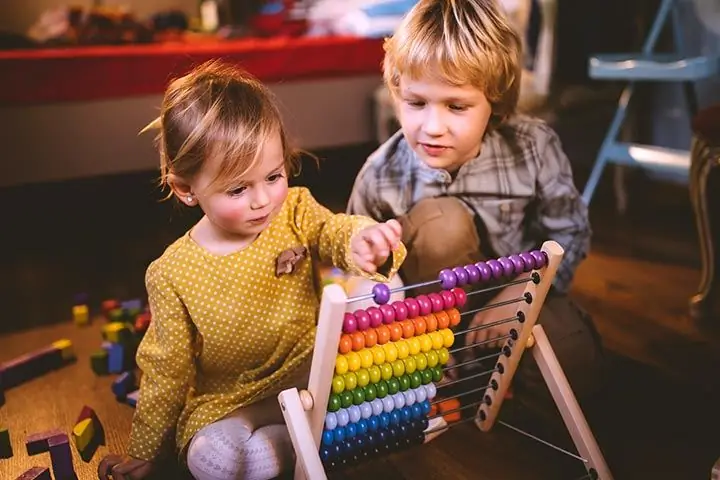2026 Author: Priscilla Miln | [email protected]. Last modified: 2025-01-22 17:55:13
Child development always comes first for a loving and caring parent. And when the child is only 3-4 years old, parents always try to use all kinds of educational games for children 4 years old. A child at this age is already attending kindergarten. Therefore, the development of cognitive and research activities of preschoolers ensures the continuity of the goals of the family and kindergarten.
The value of developing activities

Any child's activity teaches something or reinforces existing skills. The same applies to cognitive research activities in the 2nd junior group. In the process of its implementation, the child satisfies his natural curiosity and interest in experiments with objects of the surrounding world and knowledge of their properties.
The purpose of cognitive-research activity is the formation of initial ideas about the materials that can be used to make objects. Children learn the purpose of objects and learn how to use them correctly.
The objectives of this activity for kids aged 3-4 years are as follows:
- create a problematic game situation for the child, influence his entry into it (the main role remains the teacher);
- activate the desire of children to solve the current problem situation and look for new ways out of it (the teacher takes an active part in this);
- contribute to the development of a more thorough study of objects and objects of the world.
Most attention is drawn to the properties of natural objects that children "discover" for themselves in the process of conducting experiments in cognitive research activities. Children mainly study the properties of water, sand, clay, paper, stones, plants, etc.
Means of knowledge of the surrounding world
Cognitive research activity of preschool children is based on observation. The child enjoys watching the experiences of the teacher in kindergarten or parents at home. They may also be interested in observing nature and its phenomena, such as the growth of trees and shrubs, the study of leaves and fruits.
Also, cognitive research activities in the 2nd junior group are associated with actions and objects. In order to study the object, its purpose and properties, the child performs various tasks with it.manipulation.
Using the primary means of knowing the world around, the child develops all aspects of the personality, there is an interest and desire to learn about the world around. The child begins to realize the uniqueness of life, even in its most wonderful manifestations. During the performance of cognitive and research activities of preschool children, the need to preserve, respect and protect nature is brought up.
Activities for young children

Developing games for children 4 years old should be based on the activities of children with the help of which they study and learn about this world. As you know, in children at this age, visual-figurative thinking is the main one. Therefore, the principle of visibility in this case is simply necessary for teaching young children.
In the learning process, it is advisable to use thematic conversations involving pictures, illustrations, clippings, templates. This helps to form more complete images in the child's memory.
Experiences are also popular in teaching. This type of activity combines visibility, literature, and practicality. Children with their own hands can study the properties and signs of objects. During the implementation of the experiment, the child develops all mental processes, in particular, thinking. The most necessary operations - analysis, synthesis and comparison - develop in such conditions in the best possible way.
Another type of activity for children that helps in mastering the surrounding space is a game. This is the simplest and most understandable form of learning for a child. In the game, in an unobtrusive way, the baby plays situations that help to clarify the properties and purposes of objects.
All of these activities help a child understand this complex world.
Forms of research activities
The implementation of cognitive research activities takes place in several forms:
- experimentation;
- research;
- collecting;
- design.
In the first three years, experiential exploration of the world is essential for toddlers. That is why children love to experience everything so much and often misuse it to learn its possibilities. Experimentation as a method meets all the necessary requirements and satisfies the leading forms of preschooler thinking.
Step by step children's experiment

- Statement of the problem and objectives of the study in the form of a problem situation.
- Prediction and possible outcome.
- Conducting a safety briefing and clarification of the rules for the safe conduct of the experiment.
- Organizational moments (dividing children into subgroups, choosing a responsible and executing one).
- Experiment (together with the teacher).
- Evaluation of research results.
- Fixing them in the protocol.
- Writing conclusions.
Organization of the research environment in the group
Some experiments are carried out on the street and do not require additional attributes. For example, to observe migratory birds or bud swelling in spring. But there are also experiments that require additional materials for their implementation. It is for constant access and the possibility of conducting experiments as soon as necessary in group rooms that create mini-laboratories where the necessary attributes are stored.
Mini-laboratories, in turn, are also divided into certain zones. Namely:
- area of permanent exhibition of the final results of the study;
- a place to store appliances;
- living area for growing plants;
- containers for storing natural and waste material;
- experiment area;
- space for unstructured materials (water, sand).
Features of the organization of the experiment in the younger group

Since the age contingent of children in the second younger group ranges from 3-4 years, there are certain features in the construction of classes.
Children of this age can establish the simplest causal relationships. And therefore, when the question “Why?” arises, they try to answer it on their own. Not all children, after numerous trials and errors, resort to the help of adults. This is due to the fact that at this age, stubbornness and independence prevail in children. At this point, you also have to be very careful, because if the child gives the wrong answerto the question "Why?" and, therefore, incorrectly establishes causal relationships, then incorrect ideas about the world around him may be fixed in his memory.
At a younger preschool age, cognitive and research activities are based on the observation of animate and inanimate nature through experiments and experiments. For children, the experiment is a confirmation of their understanding of the world. Indeed, without practical experience, all concepts in their head remain only dry abstractions.
Experimentation is one of the ways a child can see a picture of the world based on his own observations and experiences. In addition to being informative, experimentation fuels a child's interest in research.
This method has obvious advantages:
- reality of ideas about the object under study and its relationship with the environment;
- enrichment of memory and development of all mental processes of the child;
- speech development;
- accumulation of mental skills;
- formation of the child's independence, the ability to set goals and achieve them, look for solutions to problem situations;
- development of the emotional-volitional sphere of the child, creativity, work skills;
- he alth and immunity by increasing physical activity.
At the age of four, experiences and experiments are like a story game. This implies active practice of the child. The teacher gives him a certain plot, which leads him to the necessary experimental actions to solve the problem. A specific role may also be offered, which involves the experimentation of the child in certain conditions. This applies to the collective experiment.
Research topics
Since the organization of cognitive research activities in a preschool institution should be appropriate to the program requirements, that is, its planning is provided. It contains topics for activities with children. They can be held both indoors and outdoors. All aspects of the activity of a small child are affected.
The topics of cognitive research activities depend on seasonal changes in nature. In autumn, these may be “Studying autumn leaves”, “Preparing animals for winter”, etc. In winter, these may be “Determining the temperature of snow melting”, “Icing water”, etc. Spring topics will be: “Studying bud swelling on trees", "Growing flowers", etc.
Research activities are not usually held during the summer, as many children do not attend preschool on the occasion of vacations. But this does not mean that the development of children during this period stops. During the summer, this responsibility falls on the parents.
Work planning

The following classes can be included in the plan of cognitive and research activities of children in a preschool institution:
- "Planting an onion and observing its development";
- "Studying Stones";
- "Tree branch research";
- "Autumn Leaves";
- "Indoor plants";
- "To the guys about animals";
- "I have a kitten";
- "Golden Autumn";
- "Wizard Voditsa";
- Migratory Birds;
- "Pets";
- "In Grandma's Yard", etc.
Features of classes
Cognitive and research activities in the 2nd junior group involve classes with children. However, there are changes in their structure. Just like other program activities, it has certain tasks. Very often, the actions that must be carried out during the lesson are prescribed.
The stages of the study imply the sequential execution of the actions prescribed in the tasks. Tasks of such a plan are not carried out every day, since they are aimed at a long study of the topic. They describe the results of the work of children and their further actions.
If we compare these classes with the usual frontal or subgroup planned classes, you will notice that the summary is much shorter, it does not trace the main structural components of the organizational moment, the main and final parts. However, a prolonged trend can be noted during the day. If the planned lesson lasts a maximum of 45 minutes, then the lessons on cognitive and research activities in the 2nd junior group can be traced in regime moments throughout the day.
Migratory Birds

Let's give an example of a lesson. autumncognitive research activity is based on changes in nature and wildlife. Children learn the signs of autumn and the behavior of animals.
Lesson topic: Migratory Birds.
- Aimed tasks: introducing children to the general concept of “migratory birds” and identifying birds belonging to this category.
- Material and equipment: illustrated card file "Migratory and wintering birds", didactic material (series of handout pictures "migratory birds").
- Morning: study of albums, illustrations in books, encyclopedias.
- Conversations with children during the day: "What kind of birds do you know?", "The structure of birds", "Bird food".
- Developing and didactic games: "One-many", "Insert the missing word", "Guess", "Whose part of the body?", "Who does it look like."
- Individual work: fold split pictures with Leroy, "Bird Lotto" with Zakhar.
- Walk: observing migratory birds, rain and wind, trees without leaves, clothes of passers-by.
- Experimental experiment: "Building a hill of loose sand", "Why does the sand run away?"
- Evening: educational and didactic games "Guess the bird", "Find the same bird", "Find the right color", "Assemble the pyramid".
- Reading: A. Barto “Do you need a magpie?”, E. Blaginina “Fly away, fly away”, E. Trutneva “Jackdaw”, O. Driz “Own weather”, I. Tokmakova “Pigeons”, Elgen E. "Bird".
Result: knowledge and ability to classify migratory and wintering birds, discuss them withparents.
Game conditions
Developing activities for children in the 2nd junior group should be organized taking into account the visibility and age characteristics of children. To do this, you must meet certain conditions:
- the group should have toys of all kinds and sizes;
- materials from which they are made must have different properties, features and qualities;
- game paraphernalia should be fully equipped (children at this age have not yet formed the ability to use substitute objects or play some actions mentally);
- play equipment should not be “for growth”, but should correspond to a certain age.
Compliance with these rules contributes to the multifaceted development of children and the fulfillment of their need to explore the world around them.
A corner of solitude

Despite the many necessary toys and aids, it is necessary to create a place in the group for calming and seclusion of the child. There he can calmly put his thoughts in order and consolidate the information received during the day.
Perhaps in this corner the child will want to conduct some kind of research experience. That is why it is recommended to combine this corner with a corner of nature. By the way, for its design, you can use the flowers that children grow in the process of cognitive research activities.
Plants, especially those to which the child has put his hand, add peace to him. also insuch corners are recommended to have games with water and sand. When the children learn their properties in the classroom, they will be pleased to repeat this experience on their own in a corner of solitude.
The furniture in this corner should be soft and comfortable, conducive to a calm study of new characteristics of objects. To increase the educational effect of this zone, it is recommended to place albums and magazines with birds, animals and insects there. For example, if this week you are considering the properties and signs of winter, you can put an illustrated album with paintings by famous artists painting winter landscapes on a coffee table in the corner.
In a calm environment, any information is remembered better.
Recommended:
Lesson in the 2nd junior group on modeling: topics, abstracts of classes
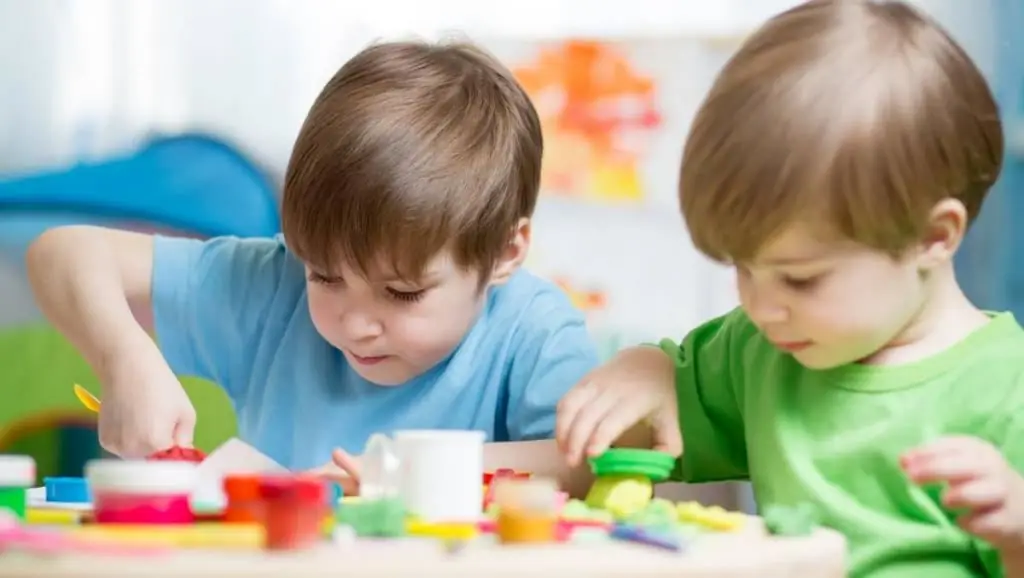
Almost all children like to sculpt various plasticine figures. This process brings not only pleasure, but also positively affects the development of babies. In preschool institutions there is a specific modeling program. In this article, we will consider options for modeling classes in the 2nd junior group
The concept of spiritual and moral education: definition, classification, stages of development, methods, principles, goals and objectives
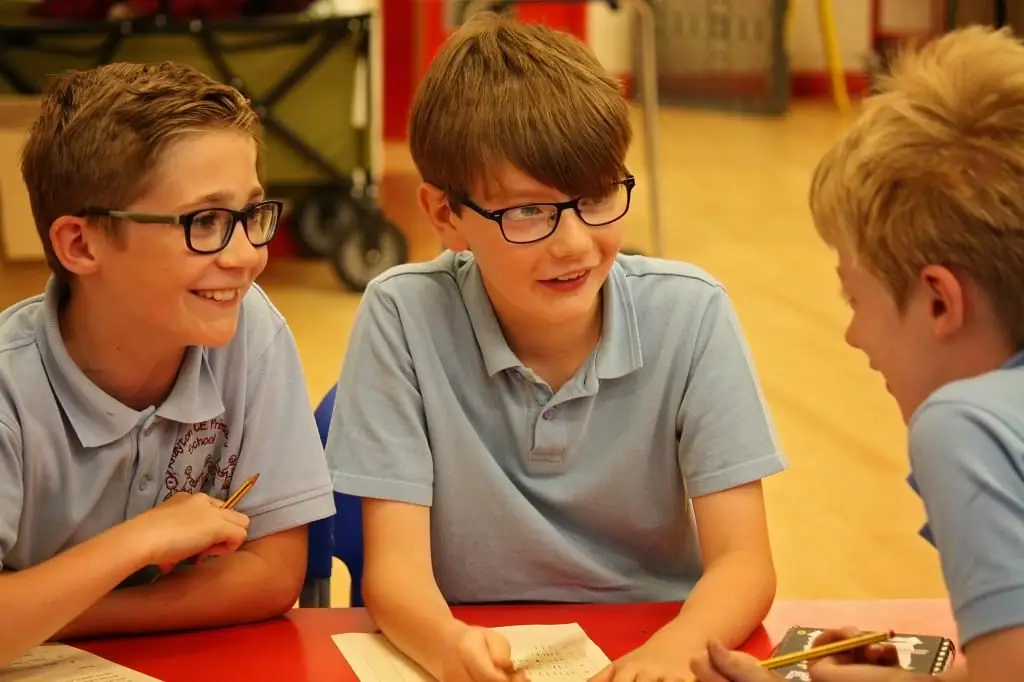
Definition of the concept of spiritual and moral education, ways of developing the education system and its main sources. School activities and development outside of school, the influence of family and close circle
Game exercises: types and examples, goals and objectives
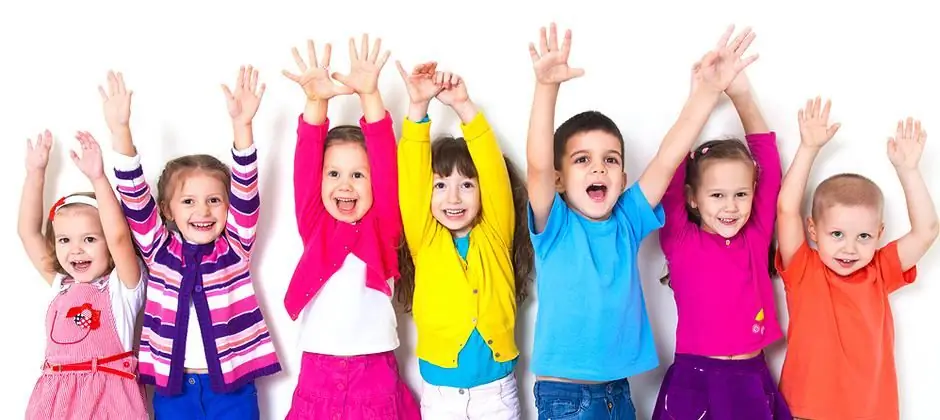
Games and game exercises are very important for a child from the first years of life. They are needed for its development, perception of the outside world. Correct games help to teach the baby to think, reason, distinguish between actions, sounds, colors, and make independent decisions in the future. Game exercises for children are necessary at every stage of development
Independent activities of children: age, child development, organization, goals and objectives

Entering the first educational institution in his life - a preschool organization, a kindergarten - the child begins to explore the world outside his family, outside the home, separately from his parents. Here teachers take responsibility for their education. But how does everything happen? In what way is the work of educators carried out? And what role is assigned to the organization of the developing environment for the independent activity of preschool children?
Entertainment in the 2nd junior group of kindergarten: the main interesting options
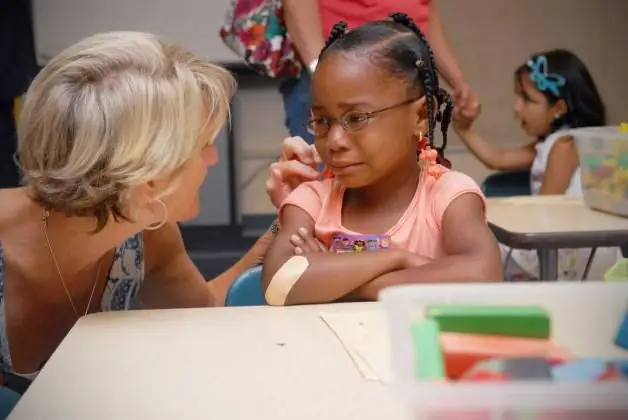
The article describes the main directions of organizing entertainment in kindergarten - one of the most important components of the successful development of a preschooler

